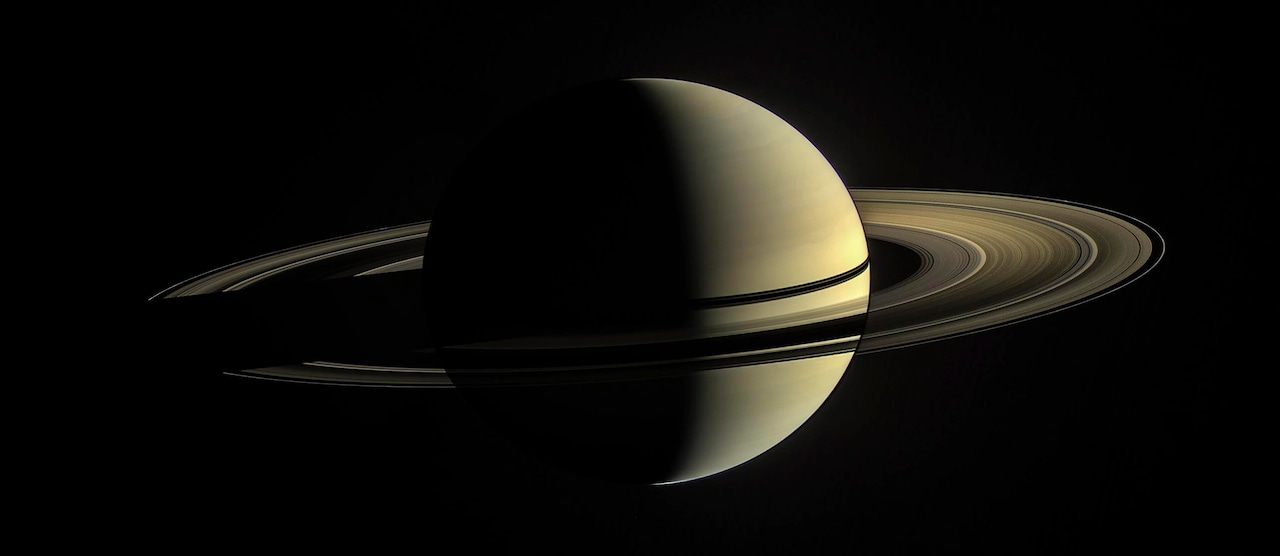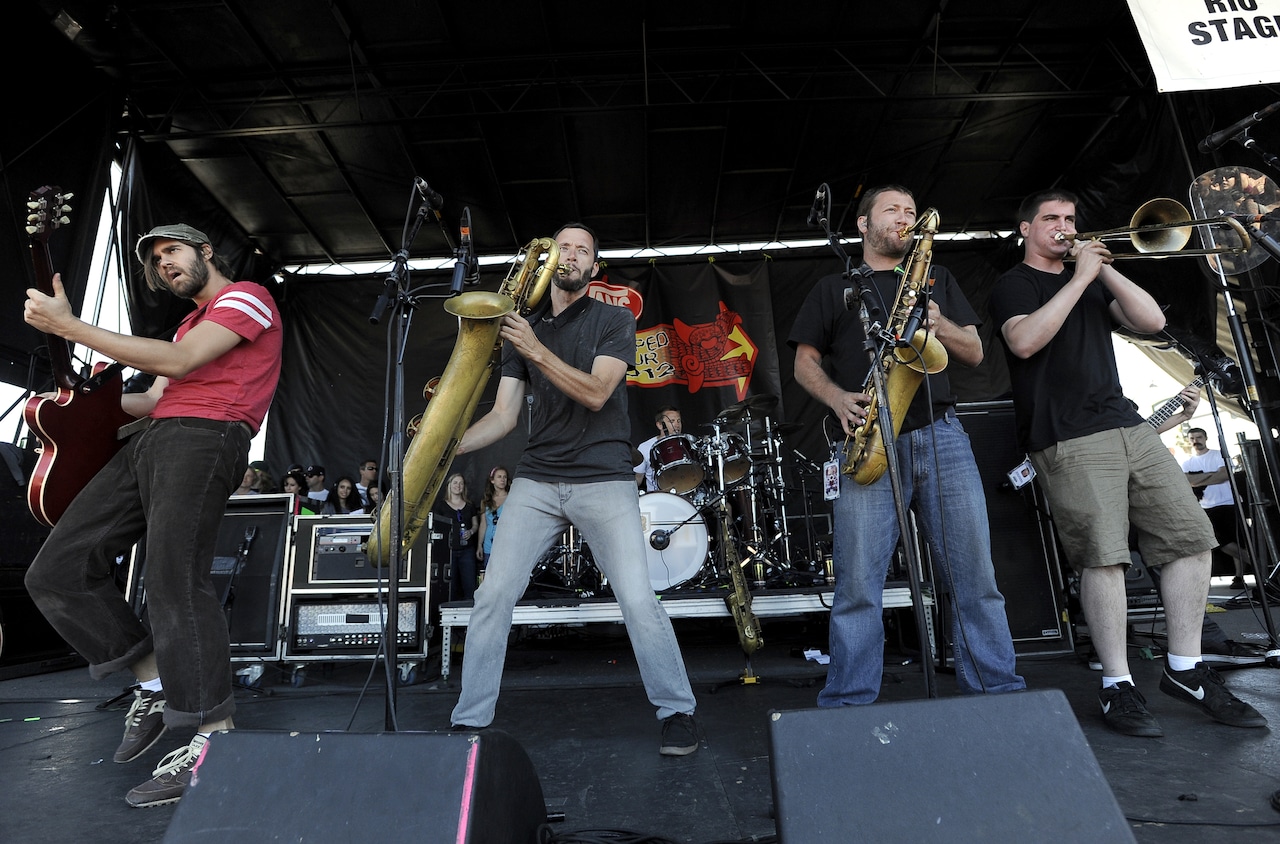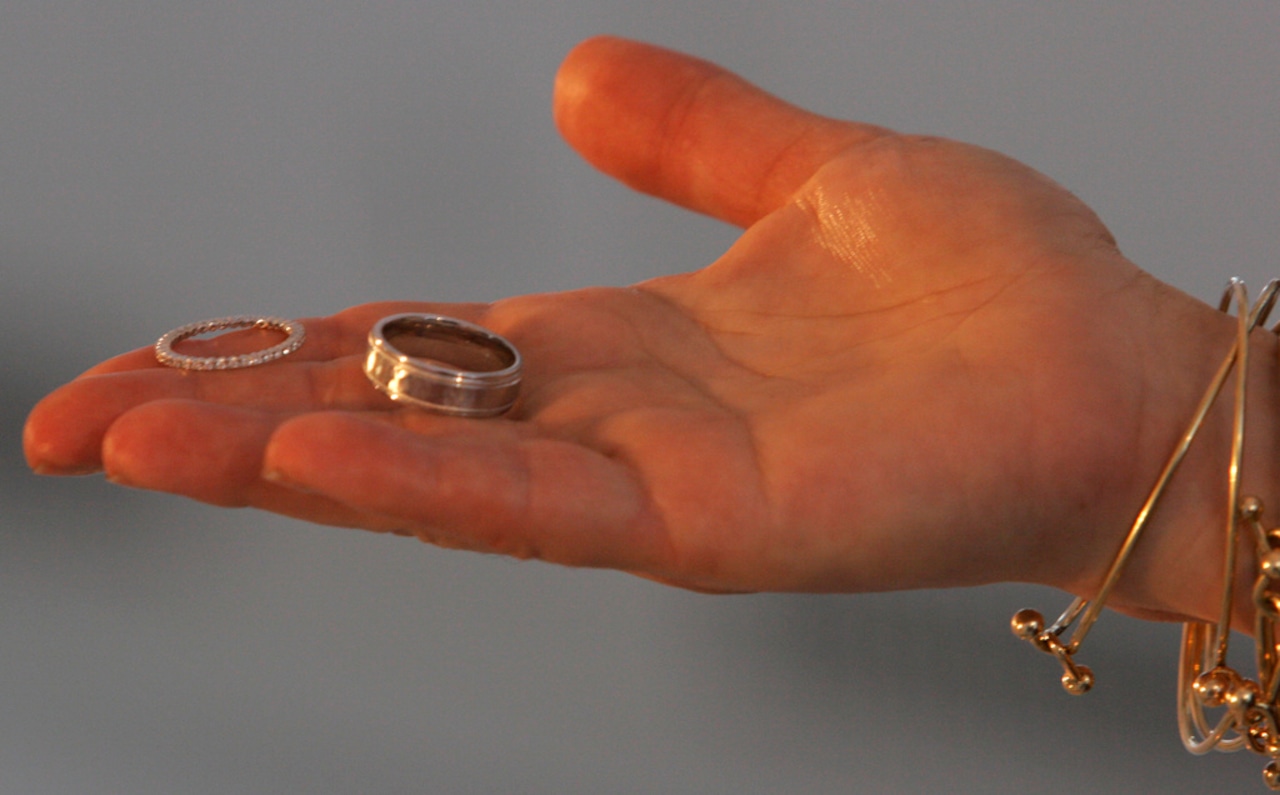
Two planets, one rocky world close to the sun and one gas giant, are about to appear close to each other in the night sky in a small planetary conjunction next week.
Mercury and Saturn are expected to pass each other in the western sky after sunset, according to The Planetary Society, a nonprofit focused on astronomy and space exploration founded by scientist Carl Sagan.
Planetary conjunctions happen when two or more planets appear close together from Earth’s perspective, The Planetary Society’s website stated. The incidents happen when planets, orbiting around the sun in roughly the same plane, go around the sun in their own orbital paths and appear near each other.
Ahead of its dance with Saturn on Feb. 24, Mercury should be seen on Feb. 19 at magnitude -1.2 with binoculars 20 minutes after sunset, 3 degrees up and 15 degrees left of due west, Space.com reported. With each passing day, Mercury will gain 1 degree in altitude and become more visible to the naked eye.
A celestial object’s stellar magnitude describes how bright that object looks in the night sky, with the brightest stars being seen at a magnitude of 1, EarthSky wrote. Objects with a negative magnitude appear much brighter without the need for a telescope, according to NASA.
Though much dimmer in the sky compared with Mercury, Saturn should be visible in proximity to the first planet at around 45 minutes after sunset on Feb. 24, Space.com wrote. Both planets should appear low near the west-southwest horizon. By then, Mercury should be visible at a -1.2 magnitude and Saturn should be seen to its left at a +1.1 magnitude, though this magnitude “appears only one-ninths as bright,” the space website wrote.
“You might not be able to see it against the bright twilight sky, so binoculars will be most beneficial,” the website continued. “But this last evening view sets the stage for Saturn’s dawn reemergence a month from now, and the amazing narrowing of the rings to edgewise.”
Saturn should continue to be seen in the night sky going into Feb. 25, appearing with Mars, Jupiter, Uranus, Neptune and Venus in a planetary parade, the unofficial name given by amateur and professional astronomers. Given it is not always common to see so many planets together in the night sky, planetary parades in alignment make for a unique event, according to NASA.
Between Mercury and Saturn, the former is closer to Earth than the ringed gas giant. Mercury’s rocky surface, when facing the sun, can reach highs of 800 degrees while overnight lows could reach minus 290 degrees, according to the space agency.
Despite this, the moon-less, ring-less planet is not the hottest planet in the solar system — Venus is. Mercury is almost half of one astronomical unit between the sun and Earth (the distance between Earth and the sun being one astronomical unit). The first planet from the sun is also one-third the size of Earth, with a radius of 1,516 miles.
In contrast, Saturn is 9.5 astronomical units away from the sun, according to NASA. Saturn is nine times the size of Earth, with an equatorial diameter of about 74,897 miles. Instead of a rocky exterior like Mercury, Saturn is made up of mostly hydrogen and helium, with prominent rings made of ice, dust and rock.
Saturn is also not the only ringed planet, as all of the remaining three gas giants – Jupiter, Uranus and Neptune – have faint rings. And as of June 2023, Saturn has 146 moons orbiting it, including Enceladus and Titan.
Both planets orbit in two separate halves of the solar system, with four rocky planets between the sun and the asteroid belt (Mercury, Venus, Earth and Mars), and four gas giants make up the remaining planets in the solar system.






